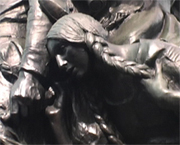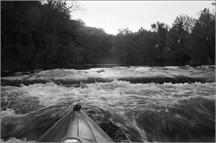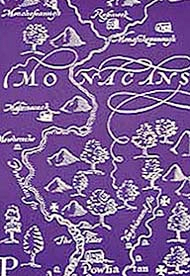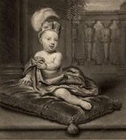Why are some brick buildings decorated with metal stars ? In historic brick construction, the end of the floor joist rests on a ledge only inches wide. Over time, gravity and the weight of the building cause the walls to bow outwards. This, in turn, causes the joists to slip off their ledges. To prevent this, a tie rod is laid from one end of the building to the other, drilled into either end.




